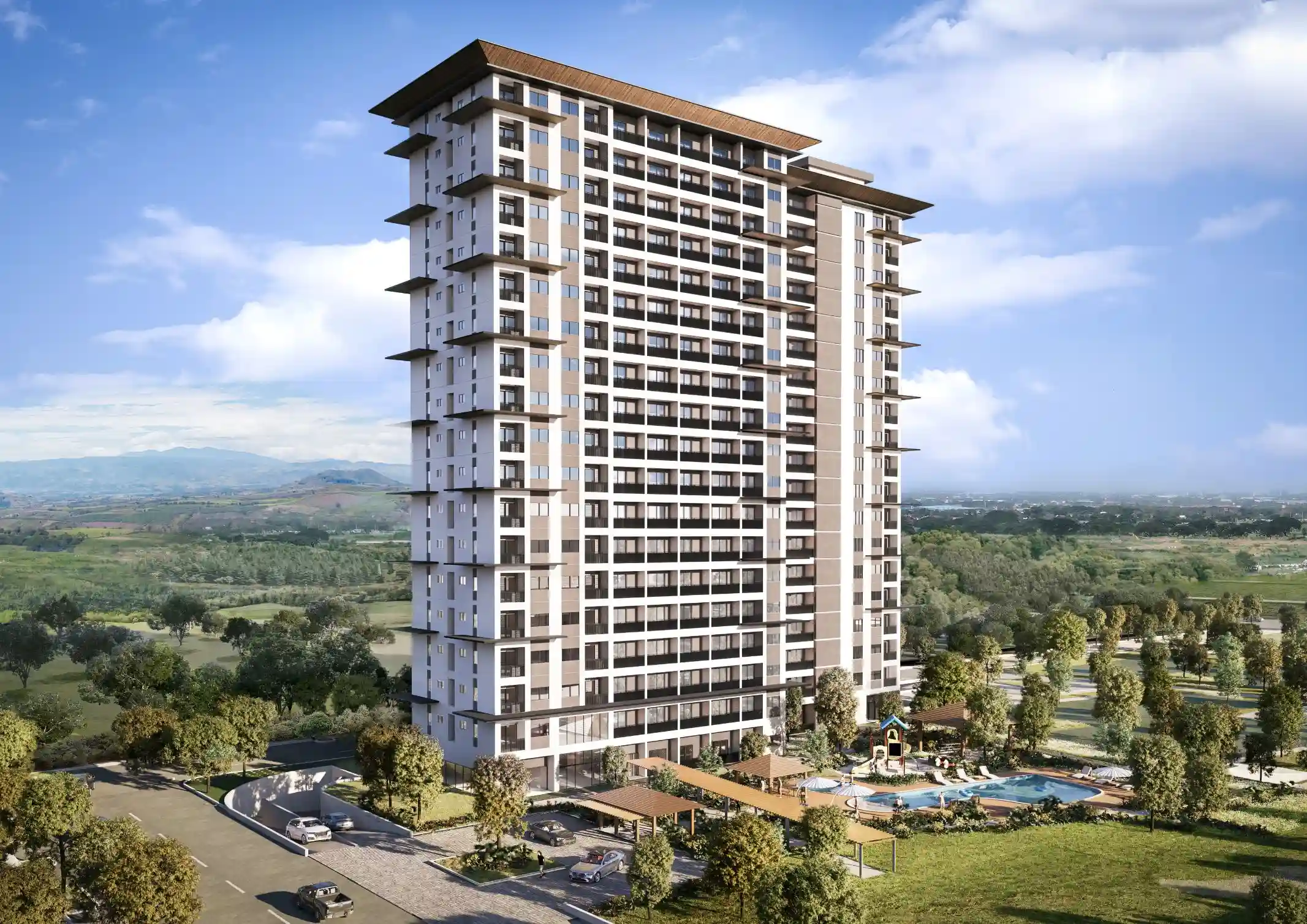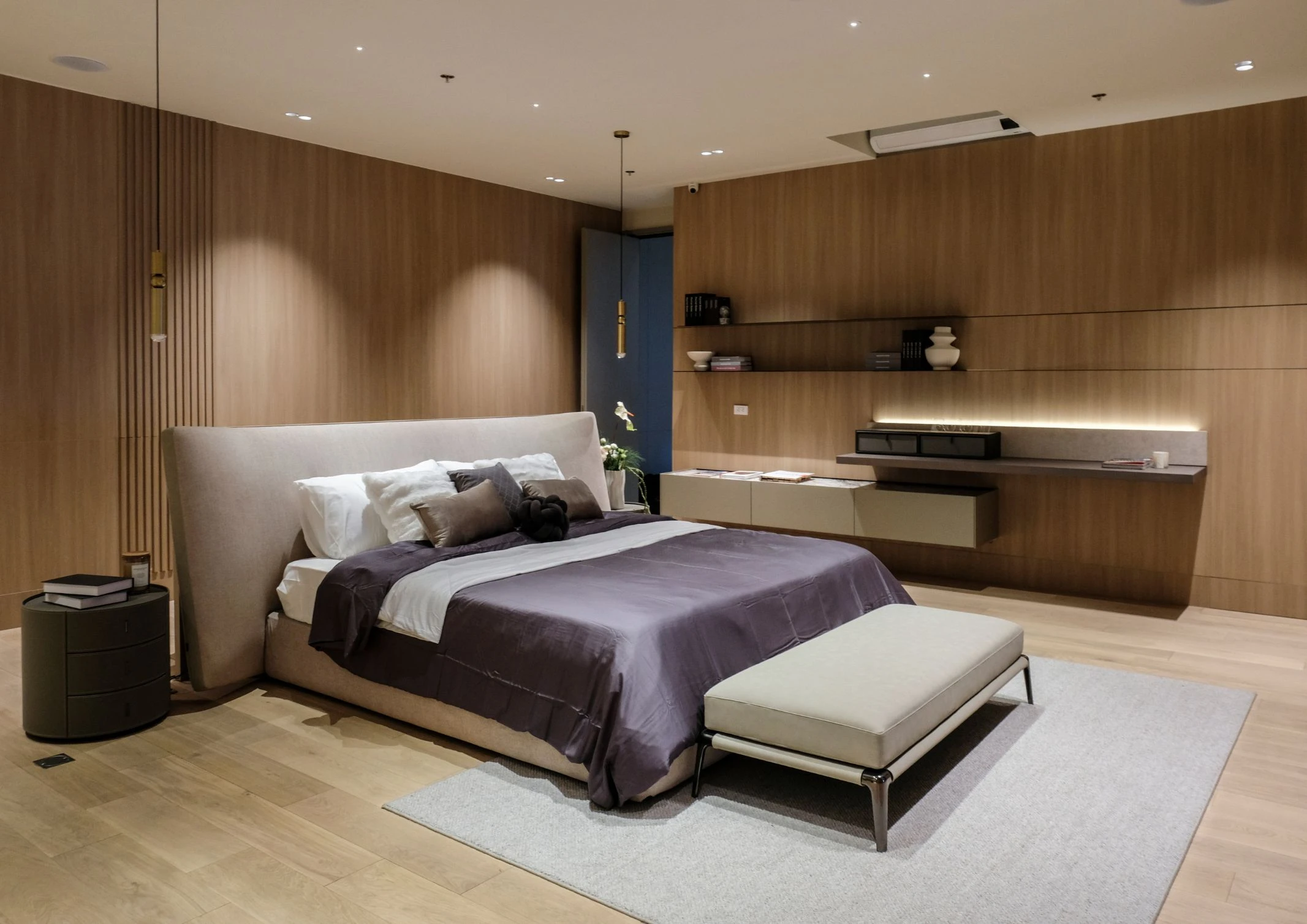There is no excerpt because this is a protected post.
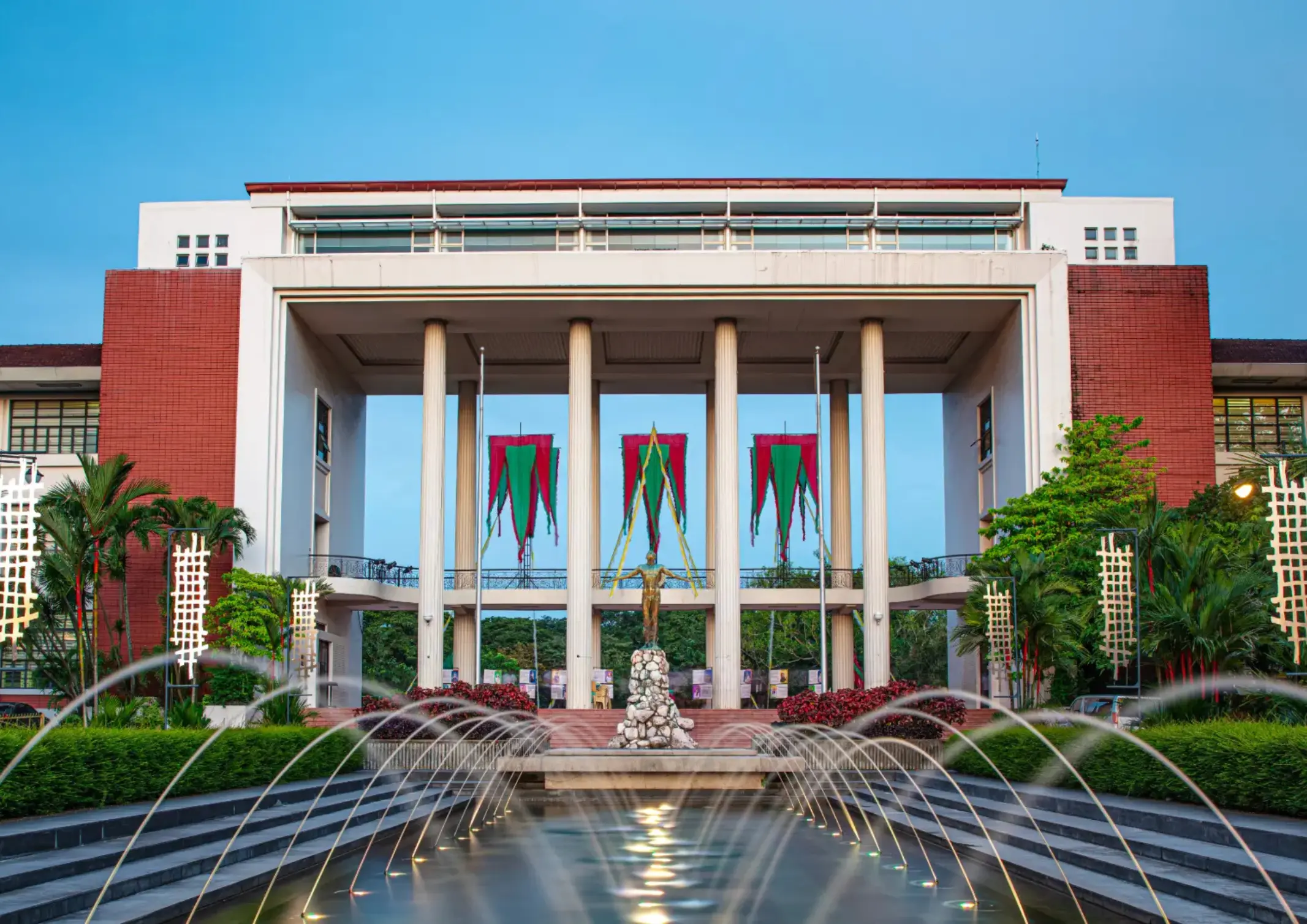
Choosing the Right Architecture School in the Philippines: Top Institutions and Their Unique Offerings
Every line an architect draws holds the power to shape the future—to define our city skylines and the intimate character of our homes. This journey from ambition to impact begins with a foundational choice: finding the best architecture school in the Philippines that suits their needs.
With the large selection of universities in the country that offer architecture programs, choosing the right one can be a daunting task. However, a better understanding of what each institution offers can help prospective students make an informed decision. For those who are searching for their university of choice, we have curated a list of well-respected universities that offer a Bachelor of Science in Architecture. This guide aims to help prospective students make an informed decision by highlighting top institutions and their unique offerings.
University of the Philippines Diliman (UPD)
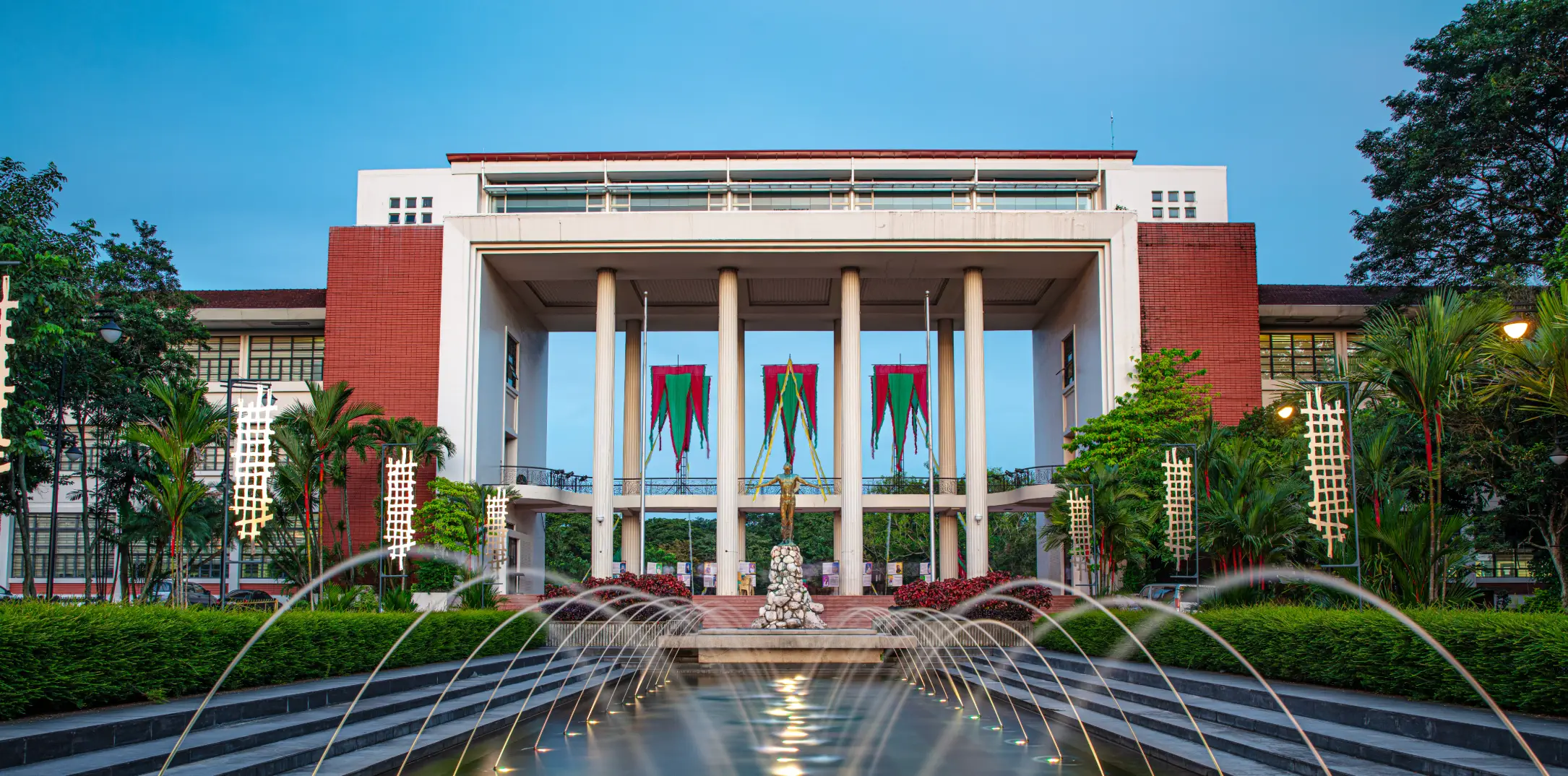
Founded in 1908, the University of the Philippines (UPD) is the country’s national university. Consistently ranked as the number one university in the country, it’s a leading educational institution that provides quality education for its students. This includes its highly-regarded College of Architecture.
The university’s architecture program is structured as a ladder-type curriculum, which provides students with a learning environment where progress occurs sequentially. Each course builds upon each other that begin with introductory courses that develop the technical skills of the students. The program offers a diverse set of courses, such as teaching students mixed media approaches for architectural presentations and a historical and theoretical study on local and global architecture.
After three years, students earn a Certificate in Building Technology (CBT). Upon completion of the five-year program, students graduate with a bachelor’s degree in architecture. The program adopts a holistic approach, integrating diverse science-based training with insights from various community sectors. It aims to equip students with an education that is on par with international standards.
The university consistently produces a 100% passing rate for first-time examinees of the Philippine Licensure Examination for Architects (ALE), including the latest in June 2025. The university consistently produces top-ranking examinees, with four individuals securing spots in the top 10 during the January 2024 exam.
University of Santo Tomas (UST)

The University of Santo Tomas (UST), founded in 1611, is recognized as the oldest university in the country. Established in 1930, their college of architecture offers a five-year Bachelor of Science in Architecture, designed to prepare students to become glocal architects.
The program provides students with the fundamentals of design knowledge, from residential and commercial structures. For the Design and Building Technology courses, there is a Faculty-Student ratio of 1:23 to ensure that the students’ creativity and skills are properly honed. By the end of their third year, students will select one of the three available specialization tracks, namely: Heritage Conservation, Environmental Management Planning, or Landscape Architecture.
To certify students’ understanding of the program, an Architecture Midterm Aptitude Comprehensive Examination (AMACE) and an Architecture Review Course are given to fourth-year and fifth-year students, respectively. Established in 2011, the AMACE serves as a crucial assessment of student knowledge retention in preparation for the ALE, directly impacting their progression to the fifth year. Failure to pass this exam prevents students from advancing.
Committed to fostering competence, commitment, and compassion, the curriculum is designed to progressively build students’ knowledge and skills throughout each year of study, aligning with the institution’s core learning outcomes. In pursuit of developing glocal architects, the university also has relationships with foreign universities, which provide students with international exposure. Students shall apply all of their learning in their thesis project during their final year of studies.
The university ranked as the second top-performing school in the June 2025 ALE. The college recorded a 94.17% passing rate, with 94 students passing the exam and earning 4 new Thomasian topnotchers.
Mapúa University
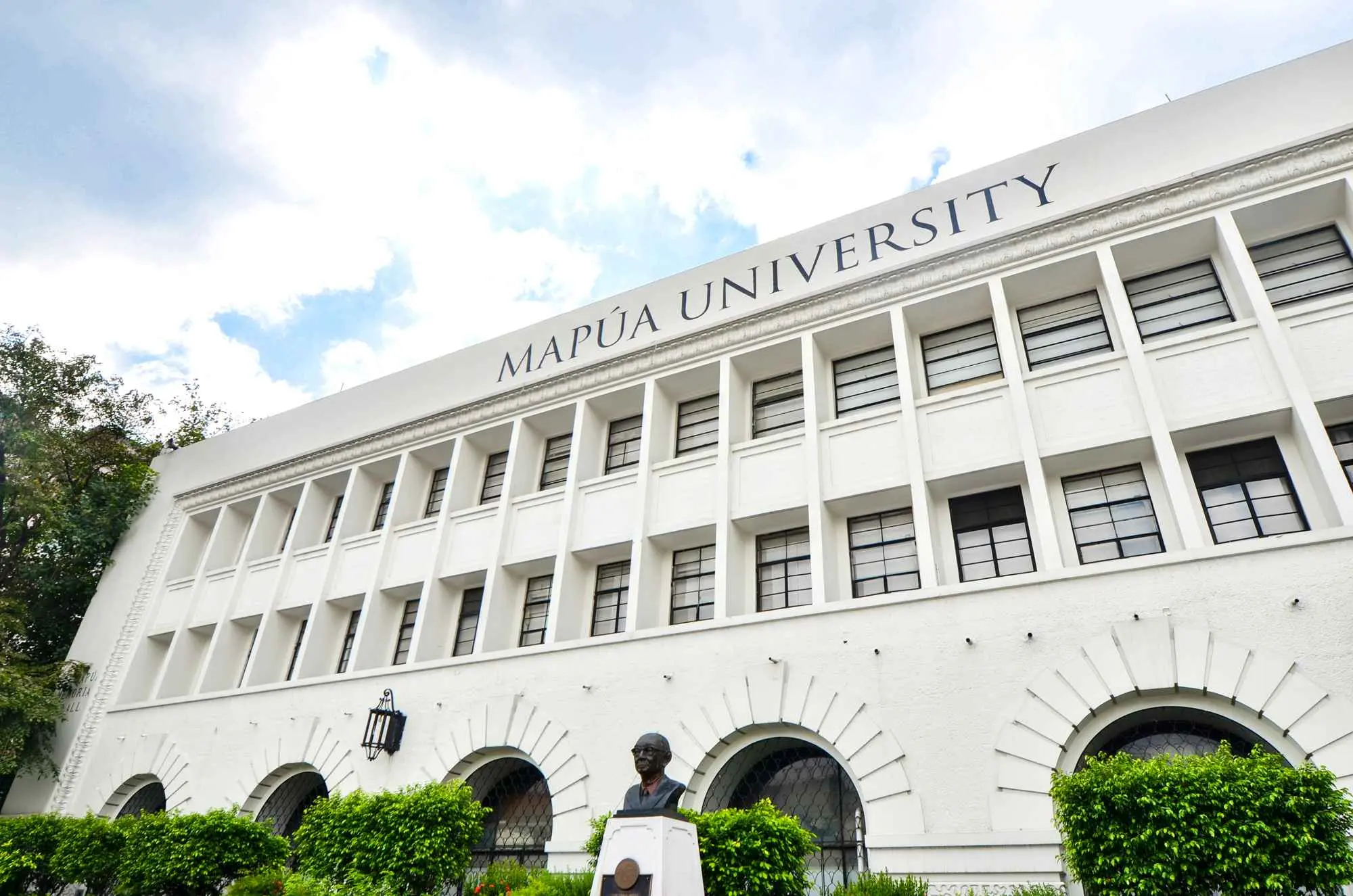
Mapúa University, a well-regarded institution for engineering and technology, offers an architecture program designed to provide students with a comprehensive education focusing on contemporary architectural challenges, including urban planning and sustainability.
The curriculum blends theoretical knowledge with practical application, integrating “cutting-edge technology, sustainable design principles, and cultural sensitivity.” This ensures that graduates are prepared to handle the complexities of the modern world.
Core subjects comprise design and planning, architectural history, building technology, environmental systems, and professional practice. The program provides exit exams for certain courses, such as the Theory of Architecture and Professional Practice Exit Exams, usually prerequisites for other courses. As such, these exams are a way to ascertain the students’ knowledge and preparedness for professional practice.
The university ranked as the top-performing university in the June 2025 ALE with a recorded 98.41 passing rate.
University of San Carlos (USC)
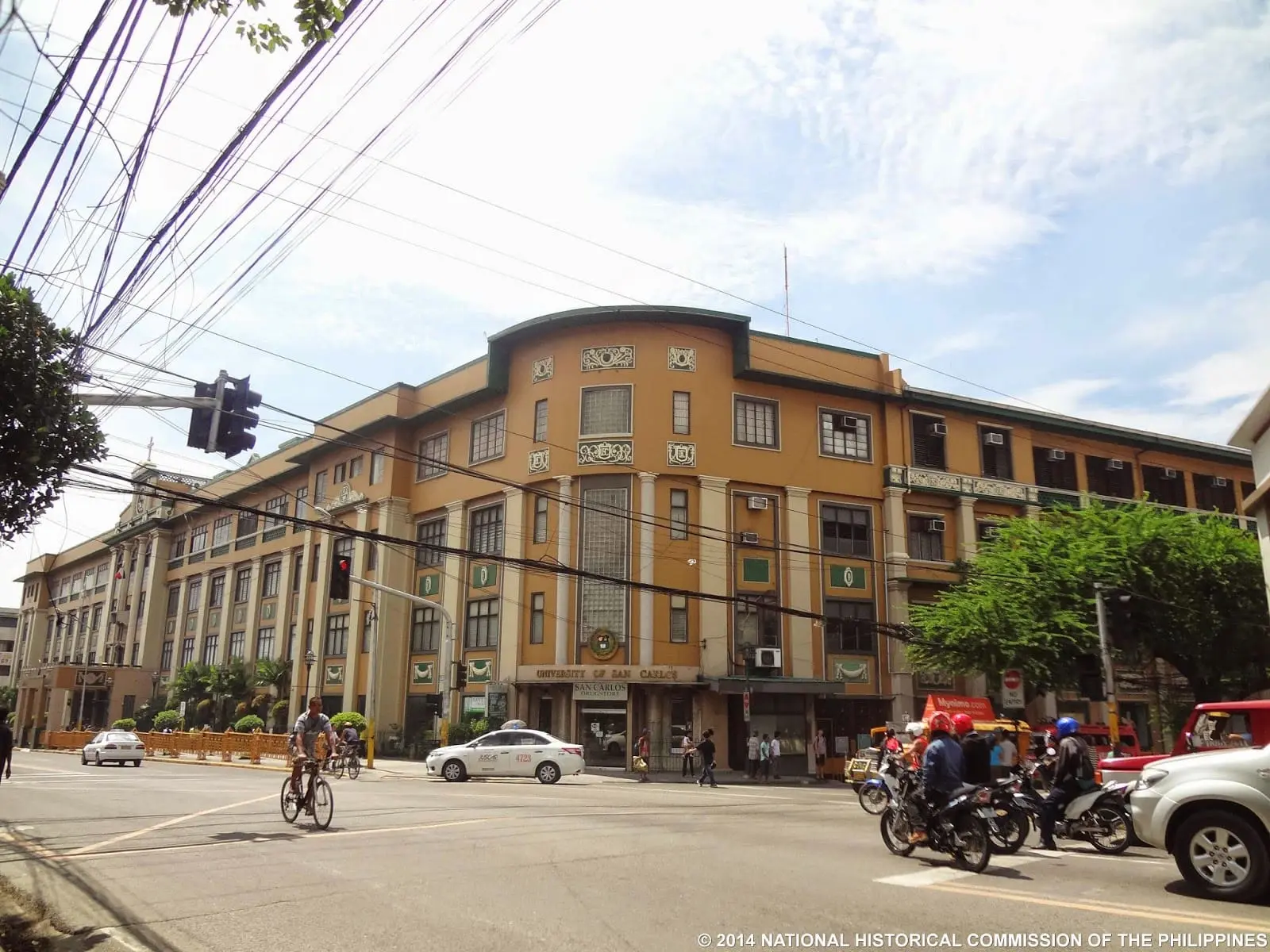
The University of San Carlos is one of the most notable universities in Cebu City. The architecture program, housed under the School of Architecture, Fine Arts and Design, aims to produce graduates with a comprehensive knowledge of design and aesthetics. It also develops students’ understanding of the technical aspects involved in construction and materials.
Applying a multidisciplinary approach to architecture, the department targets the environmental aspect involved in architecture while honing its students’ ability to practice in both global and local settings. The curriculum consists of core courses, professional courses, and electives.
The School of Architecture houses the Conservation and Heritage Research Institute and Workshop (CHERISH). The institute is a “Cebuano Community that values and conserves its built heritage for future generations.” Through the opportunities it provides, students are enabled to apply their academic knowledge to local issues.
The university earned a 75% passing rate in the June 2025 Philippine Licensure Examination for Architecture, surpassing the national passing rate of 65.16%.
Far Eastern University (FEU)

Far Eastern University has established itself as one of the leading universities in the country, offering a wide range of undergraduate programs across various fields. This includes a Bachelor of Science in Architecture under the Institute of Architecture and Fine Arts.
The five-year program aims to equip students with a well-rounded education. Students are granted the opportunity to receive the following certificates once they’ve completed the prescribed courses for each: Certificate in Drafting Technology, Certificate in Computer-Aided Design and Drafting (CADD), and Certificate in Building Technology and Utilities. These certificates provide students with specialized knowledge, expanding their career paths outside of university.
The program offers students three tracks to choose from, namely: Building Construction, Human Settlement, and Urban Design. The Institute places an emphasis on creating graduates with a “strong sense of socio-civic, cultural, and environmental responsibility” who are able to address challenges within local and global settings.
The university had a passing rate of 72.73% in the June 2025 ALE, with 72 out of their 99 examinees passing the exam.
Ateneo de Davao University (AdDU)

Stemming from humble beginnings as a parochial school, Ateneo de Davao University is now one of the leading educational institutions in the Philippines. The School of Engineering and Architecture was established to address the evolving needs of the time. Viewing architecture as a form of art, the program is concerned with the function, strength, and aesthetics of designing a structure.
Established in 1998, the program emphasizes a well-rounded curriculum combining technical skills, design, theory, history, and professional practice. Students get access to modern facilities such as drafting studios, architecture labs, and hybrid flexible classrooms. They also benefit from industry immersion, scholarships, and strong faculty expertise in areas including project management, BIM, and tropical design. The school encourages a community-oriented approach that integrates ethical leadership, cultural awareness, and service to address local and global architectural challenges.
The program consistently produces high passing rates and board exam topnotchers, making it a leading architecture school in Southern Philippines. Ateneo de Davao’s architecture program shapes architects who are technically competent and also socially responsible professionals, aligning with the university’s Jesuit mission. This makes the school a strong regional center for architectural education focused on cultivating ethical, competent, and community-engaged architects.
The university consistently exceeds the national passing rate for the ALE. For example, in January 2022, it was second among schools with 50+ examinees, with an 82.69% passing rate.
Polytechnic University of the Philippines (PUP)

The Polytechnic University of the Philippines consistently ranks as one of the top universities in the country. Formerly a department under the College of Engineering, the college was granted independence and is now known as the College of Architecture, Design, and the Built Environment.
The College underlines its role as a source of quality education for economically-challenged students. The five-year program, designed to align with job targets and opportunities that become available to students after each year of study, includes job opportunities once the entire program is completed. Through this, students can explore their viable options outside of university.
The university often exceeds the national passing rate for the ALE, achieving a passing rate of 93.33% in 2024. They have also achieved 100% passing rates for first-time examinees.
De La Salle- College of Saint Benilde

De La Salle- College of Saint is known for its innovative and creative approach to higher education. The School of Design and Arts houses the Bachelor of Science in Architecture, a program designed to produce graduates who are “competitive and relevant agents of positive change.”
The program places a strong emphasis on the students’ ability to contribute to national growth through innovative design by identifying modern problems and proposing solutions driven by research and empathy. The program aims to challenge the status quo while remaining culturally sensitive—offering courses that discuss conservation policies and relevant laws in the practice of architecture.
Known for its progressive curriculum, the program encourages design exploration among students by means of innovative and exploratory research to advance the architectural discipline and generate new architectural knowledge. The program also champions social innovation and human stories, tackling pressing issues at both local and global scales. One expected program outcome is that the development of revolutionary designs must be of significant contribution to the development of the environment.
Graduates are provided with a diverse career path upon graduation, including roles as urban planners, heritage conservationist, educators, and construction managers. It also aims to produce competent graduates who can enter the competitive world of architecture, excelling among the best in the ASEAN region in terms of design and business.
The university had an 86.05% passing rate in the June 2025 ALE, an increase compared to their last year’s June 2024 72.22% passing rate. The college also had an 86.9% passing rate for first-time takers.
Find the Right Architecture School in the Philippines For You
As this guide demonstrates, the Philippines offers a diverse array of institutions, each with unique strengths, from ladder-type curricula and specialized tracks to multidisciplinary approaches and strong industry ties. By carefully considering their personal aspirations, learning preferences, and career goals, students can make informed decisions on their educational path. This, in turn, equips them to become innovative, competent, and socially responsible architects ready to contribute to both local and global challenges.
Read more: How to Ace the Architecture Licensure Exam (ALE)
